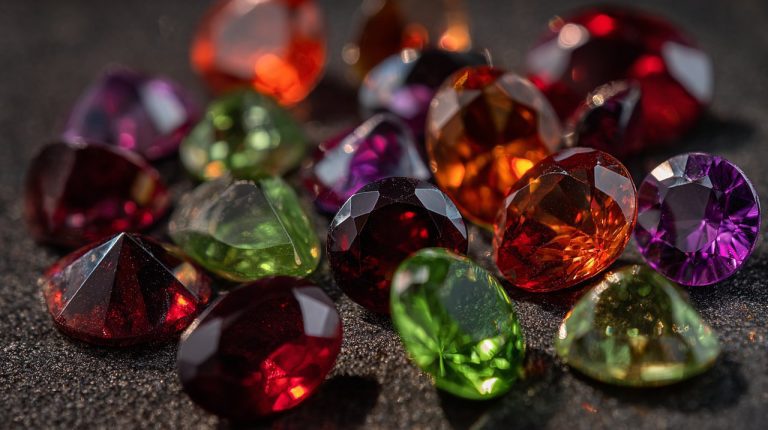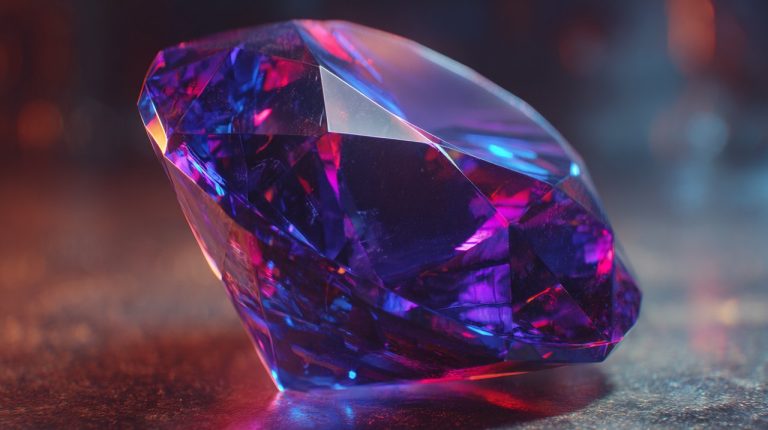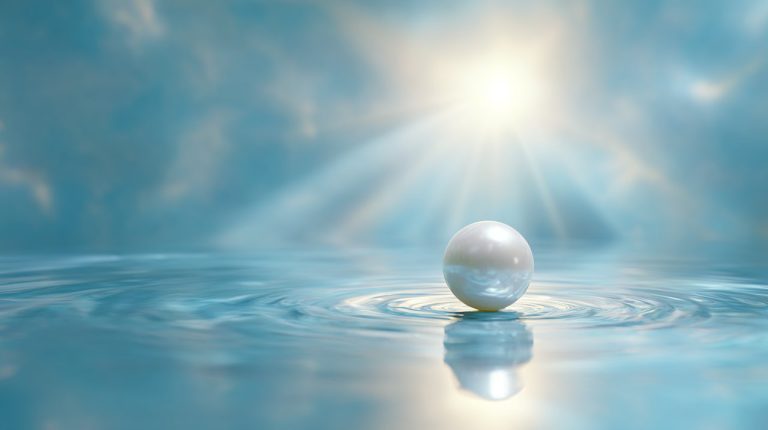How much are pearls worth?
A perfect natural pearl can command millions at auction, yet a seemingly identical, beautiful pearl necklace might be found in a fashion store for mere dozens. This striking disparity often leaves observers pondering a fundamental question: "How much are pearls truly worth?" What intrinsic qualities, or perhaps hidden narratives, precisely determine this value? Is it merely the mysterious alchemy of their formation in the deep sea, or does it extend to the profound cultural significance they have accumulated over millennia? As experts in gemstone valuation, we shall navigate the intricate components that define a pearl’s worth, encompassing not only its tangible monetary value but also an enduring charm that transcends mere dollars. 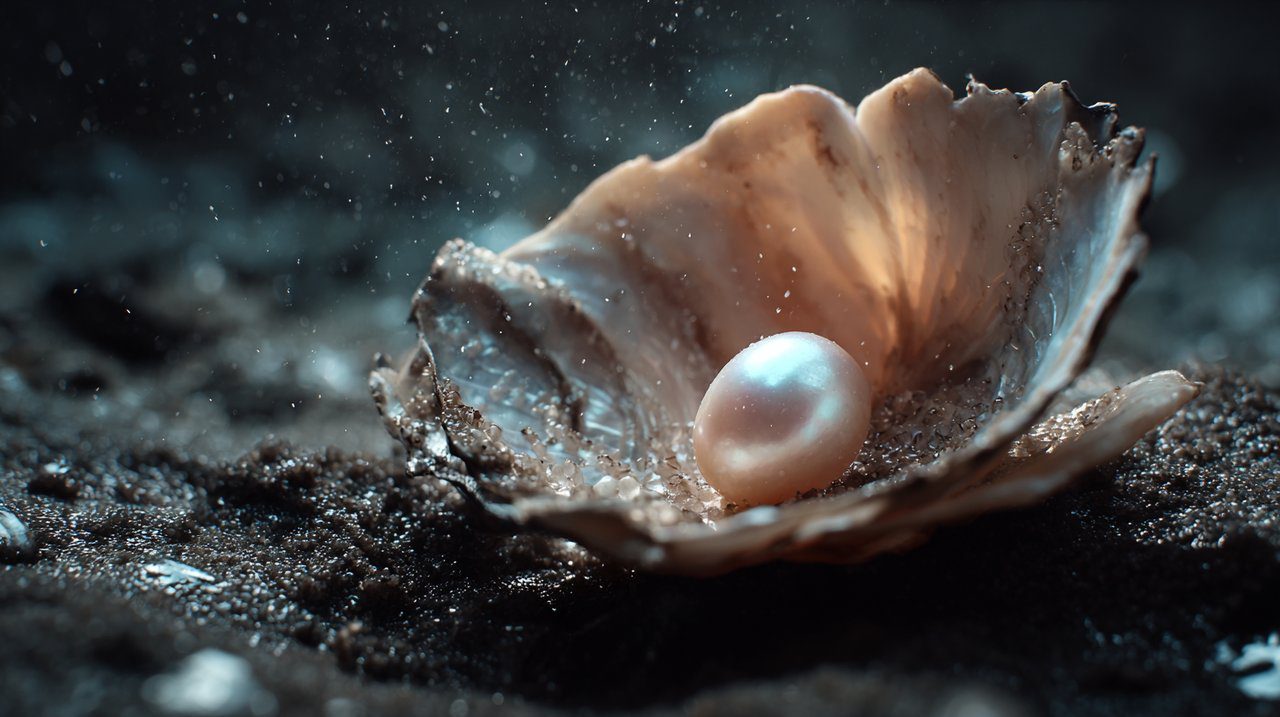
Deconstructing Pearl Value: Key Determinants
To address the central inquiry of a pearl’s worth, we must first dissect the foundational elements that collectively dictate its market price. These factors are not arbitrary; rather, they form a comprehensive framework for assessing a pearl’s intrinsic and extrinsic value. Indeed, the intricate interplay of rarity, market demand, and intrinsic qualities that defines a pearl’s worth is a common thread across the world of precious stones, much like the specific obsidian price factors that dictate its market value.
The Cornerstone Factors in Pearl Valuation
When embarking on the evaluation of pearls, several critical aspects come into play, each contributing significantly to the final assessment:
- Type: This serves as the initial and most fundamental classification, immediately indicating a pearl’s origin and inherent rarity.
Natural vs. Cultured Pearls: A Fundamental Dichotomy
- Natural Pearls: These are extraordinarily rare, formed entirely by chance within their natural environment, untouched by human intervention. Their value is unparalleled, often measured in carats like precious gemstones, and their collector’s appeal far surpasses that of typical jewelry. They are, in essence, nature’s serendipitous masterpieces, representing a pinnacle of investment in gemstones.
- Cultured Pearls: Representing the vast majority of today’s market, these pearls are the result of human ingenuity, where a nucleus or tissue is meticulously implanted into an oyster under controlled conditions. They are further categorized by their geographical origin and the specific cultivation methods employed.
Distinguishing Cultured Pearl Varieties
- Akoya Pearls: Primarily hailing from Japan, these are celebrated for their near-perfect roundness, exceptional luster, and classic white hue. Their typical diameter ranges from 2-10 mm, embodying the quintessential pearl aesthetic.
- South Sea Pearls: Harvested from the pristine waters off Australia, Indonesia, and the Philippines, these include both white and golden varieties. They are renowned as the largest pearls, possessing a uniquely soft, satiny luster, with diameters often exceeding 20 mm. Their grandeur is undeniable.
- Tahitian Pearls: Sourced exclusively from French Polynesia, these pearls are famed for their unique spectrum of natural dark colors, ranging from deep black to gray and even iridescent peacock green. They exhibit a strong, captivating luster and typically measure between 8-18 mm.
- Freshwater Pearls: Predominantly cultivated in China, these pearls are abundant and offer a remarkable diversity in shapes and colors. Their relative affordability makes them an ideal and versatile choice for everyday adornment.
- Luster: Often considered the very "soul" of a pearl, luster refers to the intensity and sharpness of the light reflected from its surface. A pearl with strong, crisp luster, capable of reflecting objects with clear definition, commands a significantly higher value. It is the pearl’s inner glow made manifest.
- Size: All other factors being equal, larger pearls are inherently rarer and, consequently, more valuable. Pearl size is universally measured in millimeters (mm). This simple metric often belies the exponential increase in rarity as size increases.
- Shape: The perfectly spherical pearl remains the rarest and most coveted form. Symmetrical shapes such as teardrops and ovals follow closely in desirability. However, baroque pearls, with their delightfully irregular and organic forms, have carved out a niche, appealing to those who appreciate their unique, artistic beauty.
- Surface Quality: The fewer blemishes—such as spots, pits, or textural irregularities—and the smoother, cleaner the pearl’s surface, the higher its perceived value. A flawless surface allows the luster to shine unimpeded.
- Color: Pearls exhibit a breathtaking palette, including white, pink, gold, silver, and black. Their value is determined by the rarity, saturation, and current market demand for specific hues. Some colors are simply more sought after than others, reflecting prevailing tastes.
- Matching: For pieces requiring multiple pearls, such as necklaces or earrings, the degree of consistency across size, shape, color, luster, and surface quality is paramount. A perfectly matched strand is a testament to meticulous selection and significantly enhances overall value.
Typical Price Contours for Common Pearl Types
With an understanding of these valuation criteria, we can now outline the general price ranges for various pearl types. It is crucial to remember that these figures are indicative and subject to the intricate interplay of all the aforementioned factors:
- Freshwater Pearls: Individual pearls may range from a few dollars to several tens of dollars, while a high-quality necklace could fetch several hundred to a thousand dollars. Their accessibility makes them a popular entry point into the world of pearls.
- Akoya Pearls: Single Akoya pearls typically range from dozens to hundreds of dollars. A classic Akoya pearl necklace, renowned for its timeless elegance, usually commands several hundred to several thousand dollars.
- Tahitian Pearls: Prices for individual Tahitian pearls can span from hundreds to thousands of dollars, with a full necklace potentially reaching several thousand to tens of thousands of dollars. Their exotic allure comes at a premium.
- South Sea Pearls: Individual South Sea pearls are priced from hundreds to thousands, or even tens of thousands of dollars. A magnificent South Sea pearl necklace can easily ascend to tens of thousands or even hundreds of thousands of dollars, reflecting their size and rarity.
- Natural Pearls: These defy fixed pricing. Auction results frequently see them achieve millions, or even tens of millions of dollars. Their value is inextricably linked to their unique history, immense size, unparalleled luster, and singular provenance.
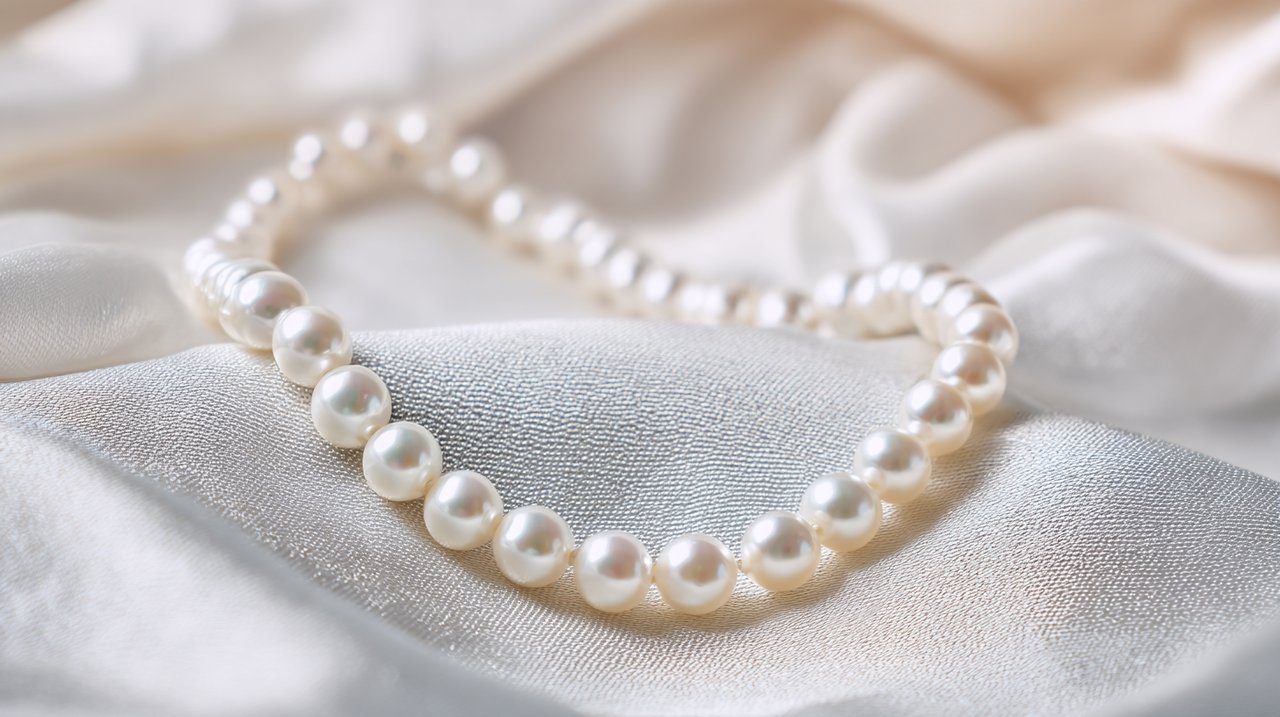
It becomes evident that the price of a pearl is not a simple calculation but rather a complex equation, influenced by both the visible aesthetics and a deeper economic dance. Understanding this complexity is key to navigating the pearl market.
Beyond the Surface: Hidden Factors Influencing Pearl Value
Beyond the readily apparent physical attributes, there exist several "hidden" dynamics that subtly, yet profoundly, shape a pearl’s value. These factors delve into the very life cycle of the pearl and the intricate forces of market demand.
The Interplay of Cultivation, Origin, and Inherent Rarity
One might reasonably ask: Why does a high-quality Akoya pearl typically command a higher price than a freshwater pearl, despite both often appearing as classic white spheres? The answer lies in the synergistic effects of cultivation techniques, specific environmental conditions, and the inherent rarity born from these processes.
- Cultivation Techniques and Cycles: The meticulous cultivation of Akoya pearls, for instance, necessitates stringent water quality and temperature controls. Furthermore, each oyster typically yields only a single pearl, leading to extended cultivation cycles and elevated risks. In stark contrast, freshwater pearl oysters can produce multiple pearls simultaneously, with shorter cultivation periods and fewer technical barriers. This fundamental difference in production efficiency and cultivation difficulty is directly mirrored in the final market price. It is a testament to the labor and precision invested.
- Unique Environmental Conditions: The microclimates of specific regions impart distinct qualities to pearls that are virtually impossible to replicate elsewhere. South Sea pearls, for example, owe their impressive size and signature soft luster to the formidable size of their mother oysters and the pristine purity of their cultivation waters. Tahitian pearls, on the other hand, derive their enigmatic, deep natural black hues from the unique black-lipped oysters native to their environment. These geographical advantages are not merely incidental; they are foundational to the pearl’s character and value.
- Natural Rarity: The formation of natural pearls remains an act of pure chance, making their rarity utterly incomparable to their cultured counterparts. Even among cultured pearls, those that achieve a luster and perfection approaching that of a natural pearl witness a significant surge in their value. This scarcity principle is a powerful driver in the luxury market.
Market Dynamics and Brand Premiums: Shaping Perceived Worth
Beyond the inherent characteristics of the pearl itself, its value is also significantly swayed by the ever-shifting currents of fashion and the strategic positioning of brands. Just as ruby valuation can be impacted by market sentiment, so too can pearls.
- Market Trends: Consumer preferences for pearls are not static; they evolve over time. For example, baroque pearls, once considered less desirable, have recently experienced a resurgence in popularity, celebrated for their unique artistic appeal, which has consequently driven up their prices. Yet, the classic round white pearls consistently retain their status as a "hard currency" in the market, a testament to their enduring appeal and stable pearl jewelry trends.
- Brand Premiums: Renowned jewelry brands do not merely sell pearls; they imbue them with enhanced value through rigorous selection standards, exquisite setting techniques, comprehensive after-sales service, and compelling brand narratives. Consumers, in essence, are investing not just in the pearls themselves, but in the assurance of quality, the legacy of craftsmanship, and the status symbol represented by the brand. This additional layer of trust and desirability is a powerful factor in valuation, often translating into a higher selling price. Similarly, the enduring appeal of items like the evil eye protection bracelet demonstrates how cultural beliefs and a desire for symbolic safeguarding can drive significant market demand and perceived value.
The Intangible Premium: How Cultural Significance Elevates a Pearl’s Worth
As we delve deeper into the question of "How much are pearls worth?" measured in purely monetary terms, we ultimately arrive at a profound realization: the true value of pearls frequently transcends the material realm, touching upon the very core of human emotion, history, and cultural heritage. They are not merely gems; they are storytellers, and these narratives directly influence their market position and desirability, especially within collectible jewelry.
Symbolic Resonance: Purity, Wisdom, and Timeless Beauty Driving Demand
Since antiquity, pearls have been richly imbued with symbolic meanings, securing a unique and cherished place in the tapestry of human civilization. This deep symbolism doesn’t just add emotional value; it actively shapes market demand and, consequently, price:
- Purity and Innocence: Born from the humble oyster, shining without the need for cutting or polishing, pearls are widely regarded as emblems of purity and innocence. In numerous cultures, they serve as traditional adornments for brides, symbolizing the pristine beauty and sanctity of marriage. This consistent cultural association creates a steady, high demand for classic white pearls, particularly for life’s significant moments. This deep symbolic value is not unique to pearls; other gemstones, such as those associated with red agate spiritual significance, also contribute significantly to their perceived worth beyond mere aesthetics.
- Wisdom and Wealth: The ancient Romans, in their poetic reverence, believed pearls to be the solidified tears of Venus, the goddess of love, associating them with both wealth and profound wisdom. As the birthstone for June, they further symbolize health, longevity, and prosperity, linking their aesthetic beauty to life’s most cherished blessings. Such historical and astrological ties contribute to a pearl’s perceived prestige and, by extension, its market value.
- Maternity and Protection: Nurtured within the mother oyster, pearls are often seen as powerful representations of motherhood, gentleness, and protection. It is a common and touching tradition for mothers to pass down their pearl jewelry to their daughters, creating a cherished family heirloom imbued with love and continuity. This intergenerational transfer often elevates a pearl’s sentimental and, over time, its intrinsic collectible value.
- Timelessness and Classicism: From the legendary Cleopatra to the iconic Queen Elizabeth, and from the graceful Audrey Hepburn to the elegant Princess Diana, pearls have consistently been favored by royalty and fashion luminaries across centuries. They effortlessly transcend fleeting trends, standing as an enduring symbol of elegance and eternal charm in the ever-evolving world of fashion. This consistent endorsement by figures of influence reinforces their status as a luxury item, maintaining strong market appeal.
The Silent Narratives of Pearls: Connecting Past and Present Value
Each pearl, whether a single bead or part of a magnificent strand, often carries a narrative, a whisper of memory. It might be a cherished family heirloom, passed down through generations, silently witnessing the triumphs and trials of a lineage. Alternatively, it could be a poignant keepsake from a momentous occasion, holding within its lustrous surface the precious emotions of that time. In this profound context, the answer to "How much are pearls worth?" ceases to be a mere numerical figure. Instead, it transforms into an invaluable emotional connection, a tangible link to history, and a legacy that transcends generations. This cultural capital directly influences what collectors and connoisseurs are willing to pay, especially for pieces with documented provenance or historical significance, where the narrative itself adds a substantial premium to the monetary value. This understanding reminds us that some forms of beauty cannot be quantified by money alone; they are born of love, nurtured by memory, and endure through heritage. Having traversed the multifaceted elements that influence a pearl’s tangible value, one realizes that not every exquisitely expensive pearl is suited for daily wear, nor is every beautiful pearl necessarily beyond reach. If your quest is for a piece of pearl jewelry that embodies both elegance and profound cultural resonance, consider how the warmth of pearls can beautifully complement the classical serenity of Hetian jade. This combination not only showcases the pure beauty of pearls but also incorporates the gentle allure of Eastern jade (for a deeper dive into jade’s allure, explore its priceless charms), making it an excellent choice for enhancing personal taste and embodying meaningful symbolism. Just as pearls carry profound stories, other spiritual adornments like mala beads also serve as powerful tools for intention and reflection, connecting individuals to ancient traditions and personal journeys. 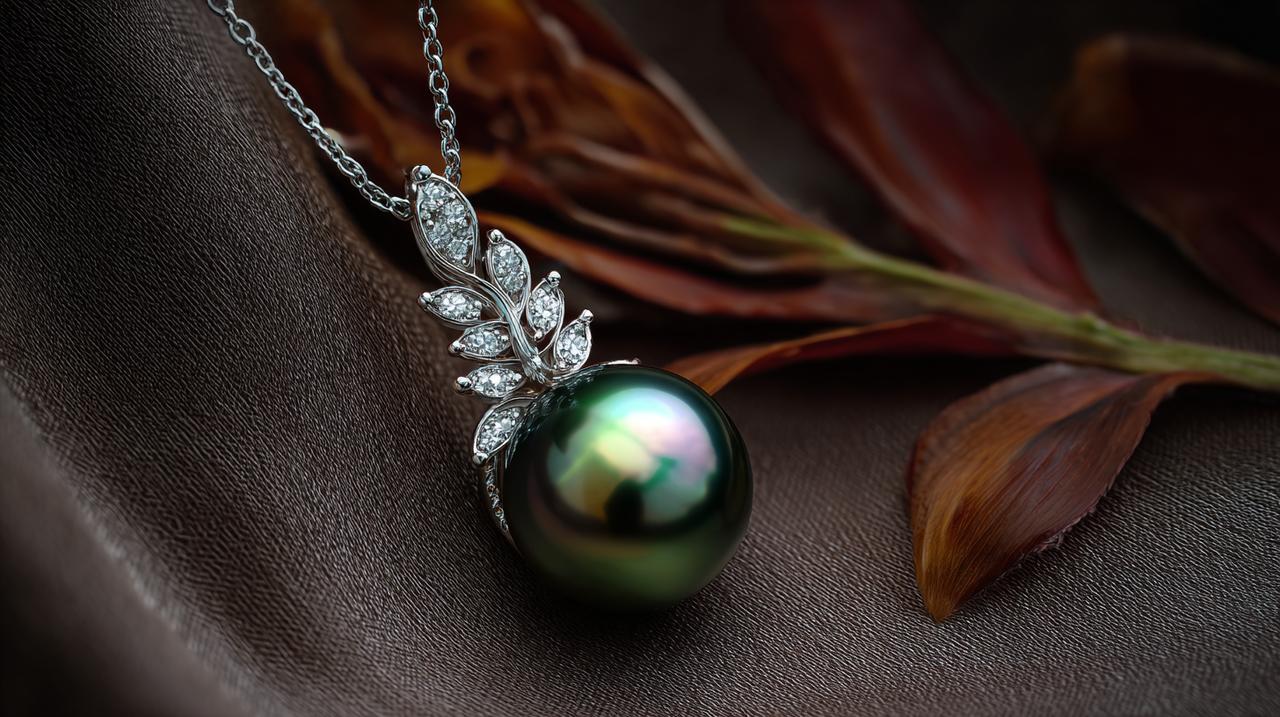
💡 Frequently Asked Questions
The value of a pearl is determined by several key factors including its type (natural or cultured, and specific varieties like Akoya, South Sea, Tahitian, Freshwater), luster, size, shape, surface quality, color, and the degree of matching for multiple pearls.
Natural pearls are extremely rare, formed accidentally in nature without human intervention, making their value exceptionally high. Cultured pearls are created by implanting a nucleus or tissue into an oyster under controlled conditions, and they constitute the vast majority of the market.
Common types of cultured pearls include Akoya pearls (known for perfect round shape, high luster, and classic white color), South Sea pearls (the largest, with a soft luster, white or golden), Tahitian pearls (famous for unique natural black, gray, or peacock green hues), and Freshwater pearls (abundant, various shapes and colors, relatively affordable).
Yes, beyond physical attributes, a pearl's value is also influenced by hidden factors such as cultivation techniques and cycles, unique environmental conditions of their origin, natural rarity, current market trends, and brand premiums.

